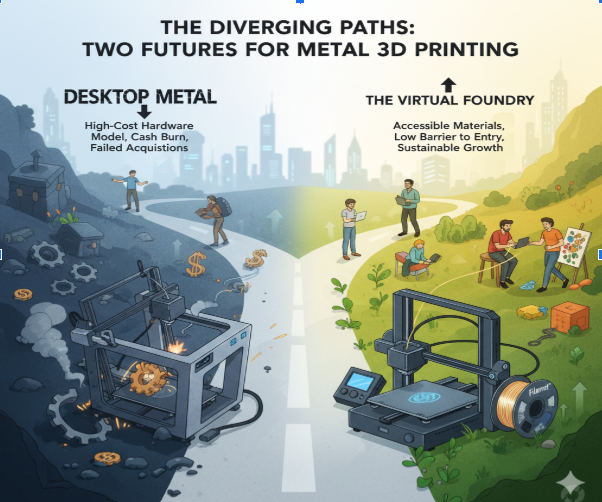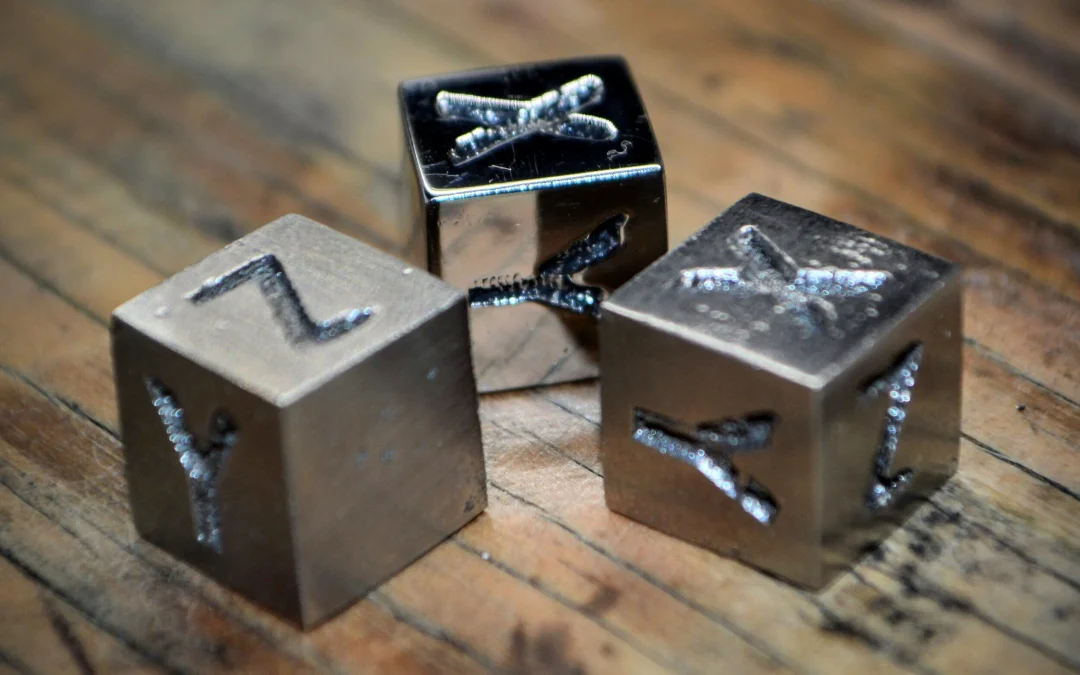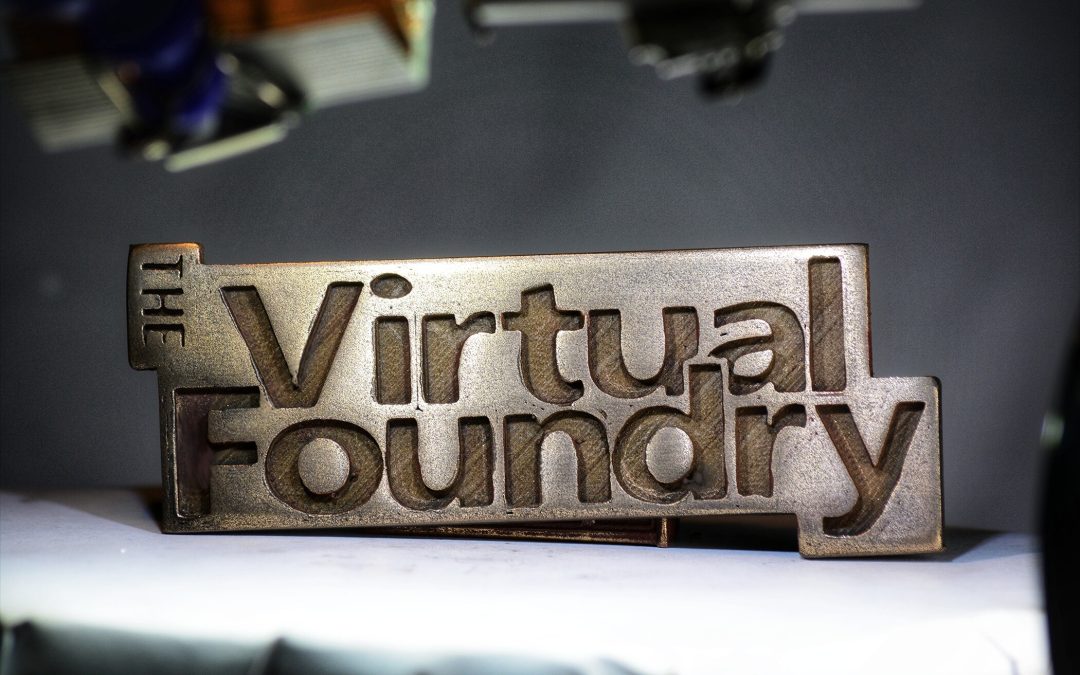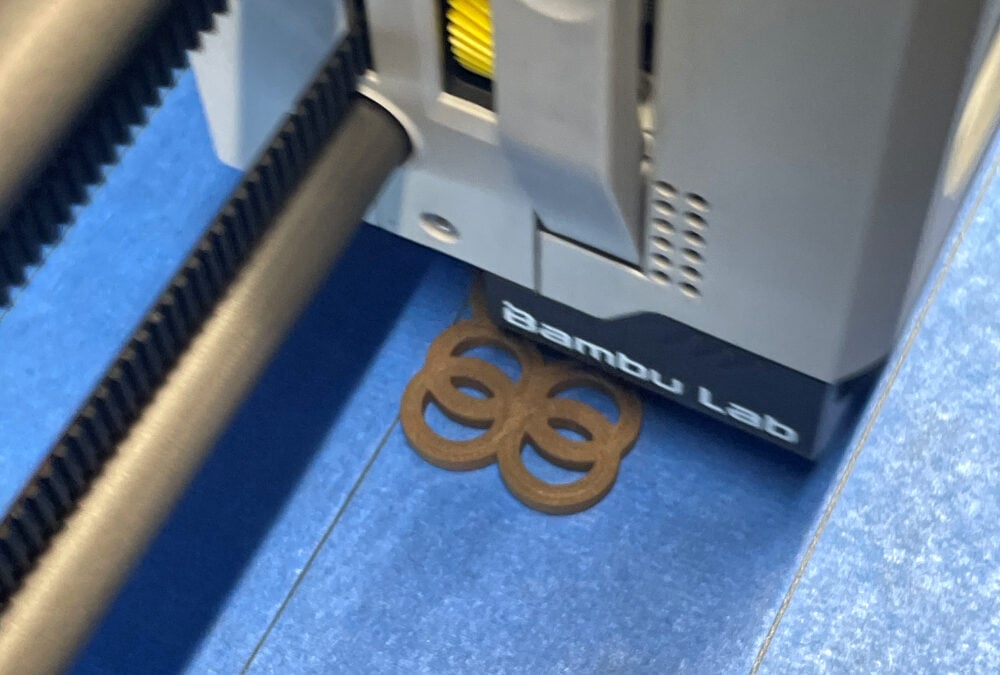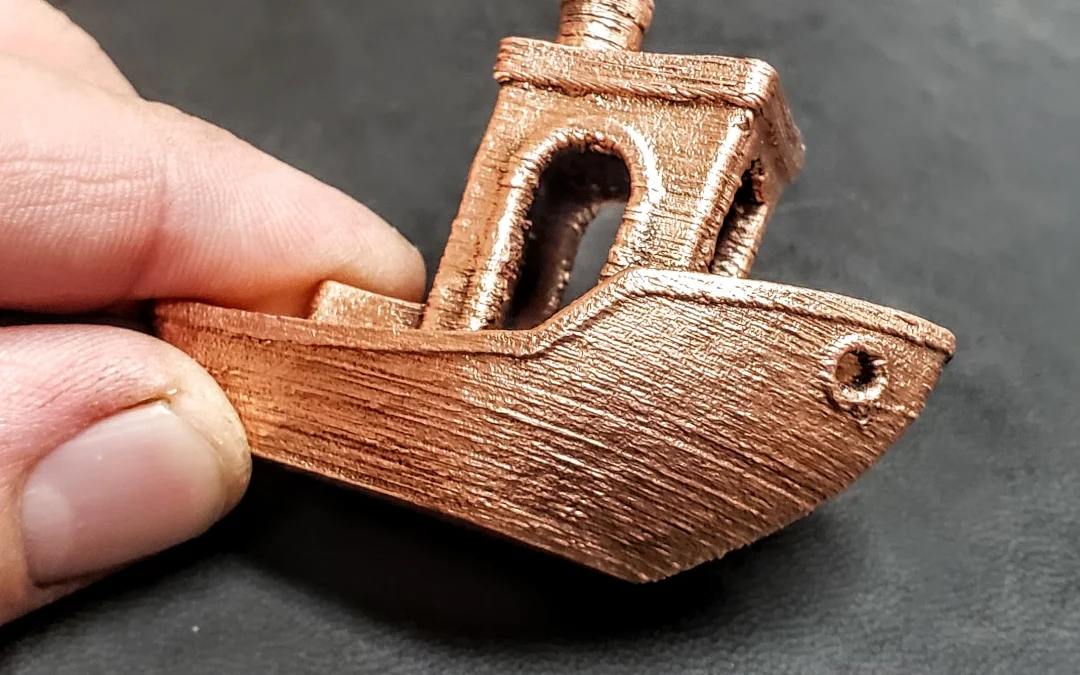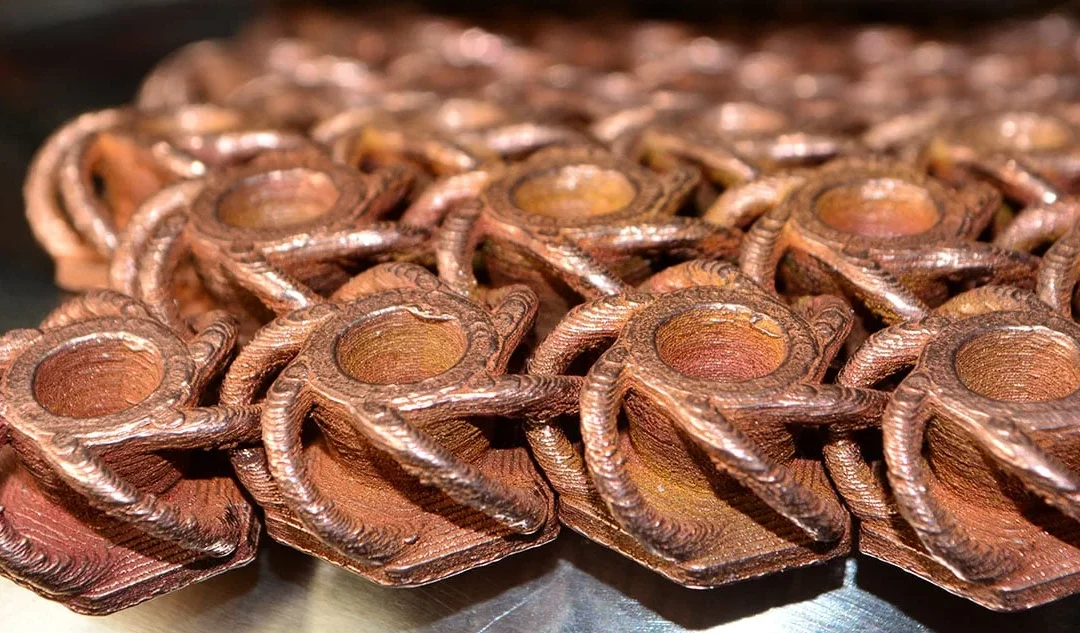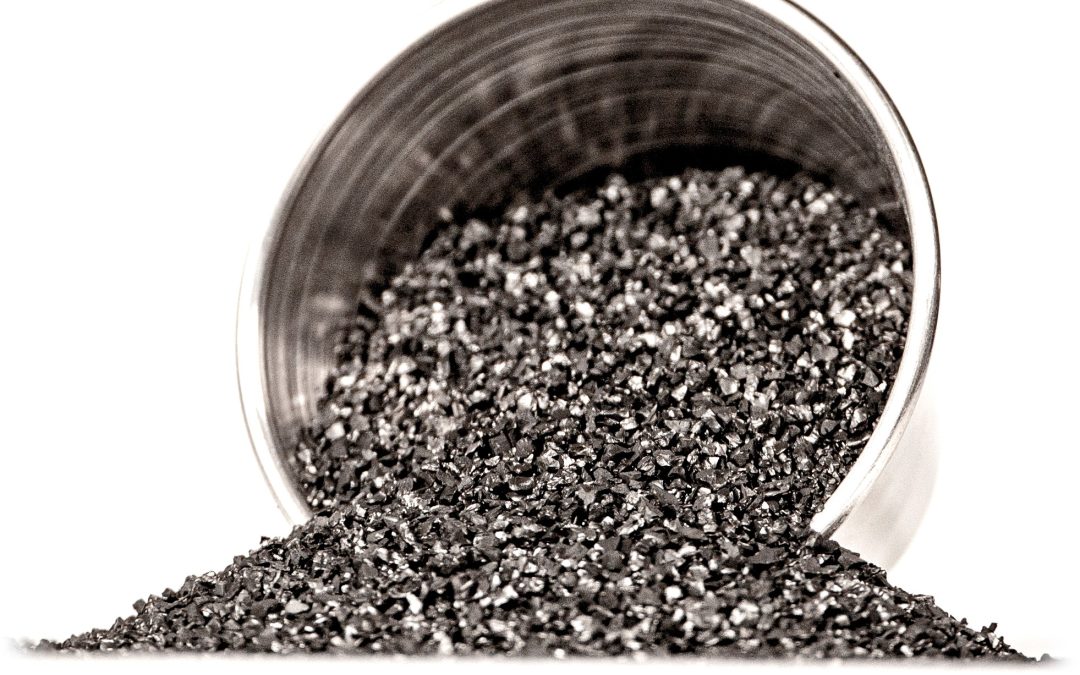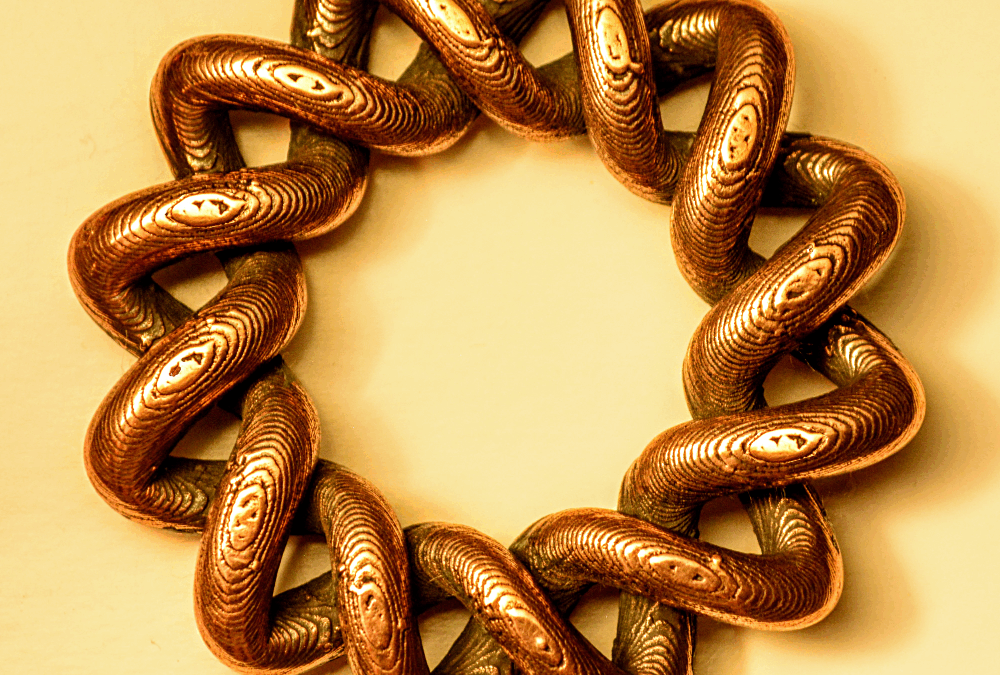bradley wood, rhode island school of design
bradley woods, bradley wood latest, brad woods latest, bradley printers, bradley printer, metal 3d printer
Benefits of Metal 3D Printing in Education
Metal 3D printing offers numerous advantages for educational institutions, including hands-on learning experiences and the ability to prototype complex designs. By integrating metal printing technology into curricula, students gain practical skills that are increasingly valuable in engineering and manufacturing fields.
For example, schools can use Filamet™ to create tangible models that enhance understanding of engineering principles. This technology not only fosters creativity but also prepares students for future careers in industries that are rapidly adopting 3D printing technologies.
Applications of Filamet™ in Community Makerspaces
Filamet™ has transformed community makerspaces by providing accessible metal printing solutions that empower hobbyists and entrepreneurs alike. These spaces encourage collaboration and innovation, allowing users to explore metal printing without the high costs typically associated with traditional metal fabrication.
For instance, makerspaces equipped with Filamet™ can support projects ranging from artistic sculptures to functional prototypes, enabling users to bring their ideas to life. This accessibility fosters a culture of experimentation and learning, essential for community development.
Future Trends in Metal 3D Printing Technology
The future of metal 3D printing is poised for significant advancements, driven by ongoing research and development. Innovations such as improved materials and faster printing processes are expected to enhance the capabilities of metal printing, making it more efficient and cost-effective.
As industries continue to embrace 3D printing, trends like automation and integration with artificial intelligence will likely shape the landscape. This evolution will not only expand the applications of metal 3D printing but also make it a standard practice across various sectors, including aerospace, automotive, and healthcare.
Understanding the Sintering Process in Metal 3D Printing
Sintering is a crucial step in the metal 3D printing process that involves heating the printed object to fuse metal particles together. This process enhances the strength and durability of the final product, making it essential for applications that require high-performance materials.
By understanding the intricacies of sintering, users can optimize their printing techniques and achieve better results. For example, adjusting sintering temperatures and times can significantly impact the mechanical properties of the printed parts, leading to improved performance in real-world applications.
bradley wood, rhode island school of design
bradley woods, bradley wood latest, brad woods latest, bradley printers, bradley printer, metal 3d printer
Benefits of Metal 3D Printing in Education
Metal 3D printing offers numerous advantages for educational institutions, including hands-on learning experiences and the ability to prototype complex designs. By integrating metal printing technology into curricula, students gain practical skills that are increasingly valuable in engineering and manufacturing fields.
For example, schools can use Filamet™ to create tangible models that enhance understanding of engineering principles. This technology not only fosters creativity but also prepares students for future careers in industries that are rapidly adopting 3D printing technologies.
Applications of Filamet™ in Community Makerspaces
Filamet™ has transformed community makerspaces by providing accessible metal printing solutions that empower hobbyists and entrepreneurs alike. These spaces encourage collaboration and innovation, allowing users to explore metal printing without the high costs typically associated with traditional metal fabrication.
For instance, makerspaces equipped with Filamet™ can support projects ranging from artistic sculptures to functional prototypes, enabling users to bring their ideas to life. This accessibility fosters a culture of experimentation and learning, essential for community development.
Future Trends in Metal 3D Printing Technology
The future of metal 3D printing is poised for significant advancements, driven by ongoing research and development. Innovations such as improved materials and faster printing processes are expected to enhance the capabilities of metal printing, making it more efficient and cost-effective.
As industries continue to embrace 3D printing, trends like automation and integration with artificial intelligence will likely shape the landscape. This evolution will not only expand the applications of metal 3D printing but also make it a standard practice across various sectors, including aerospace, automotive, and healthcare.
Understanding the Sintering Process in Metal 3D Printing
Sintering is a crucial step in the metal 3D printing process that involves heating the printed object to fuse metal particles together. This process enhances the strength and durability of the final product, making it essential for applications that require high-performance materials.
By understanding the intricacies of sintering, users can optimize their printing techniques and achieve better results. For example, adjusting sintering temperatures and times can significantly impact the mechanical properties of the printed parts, leading to improved performance in real-world applications.


